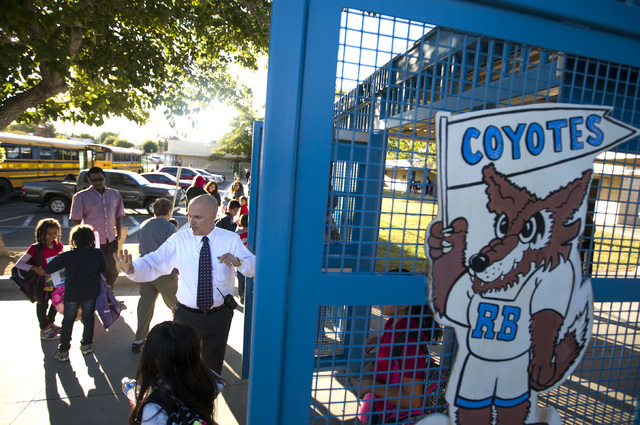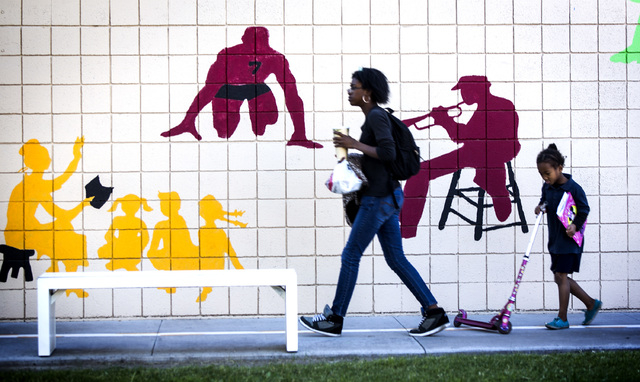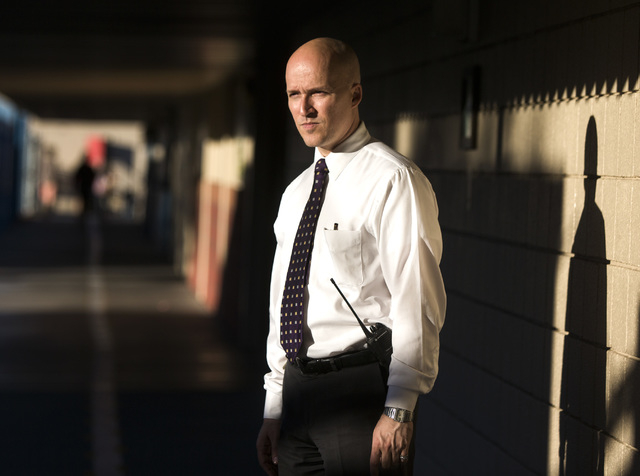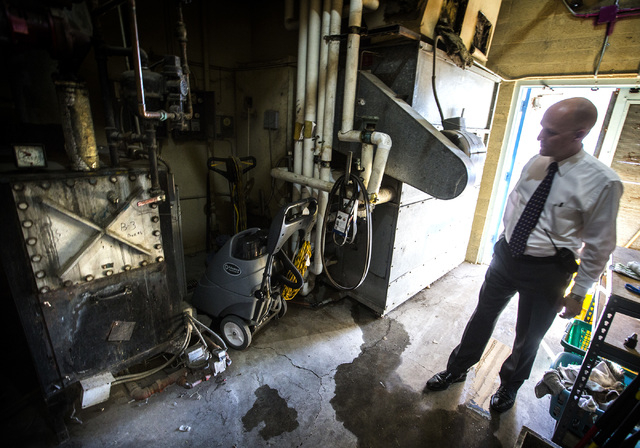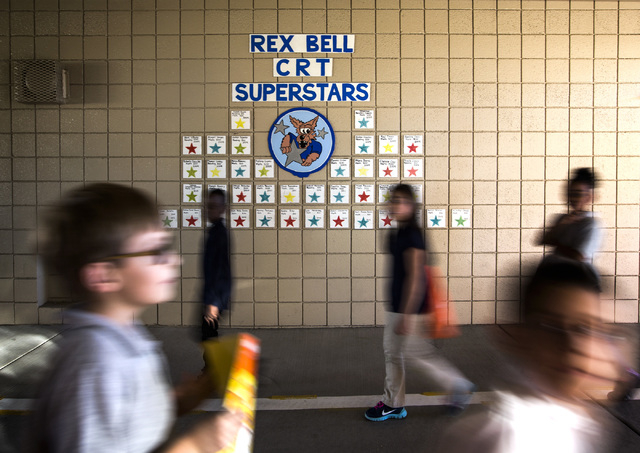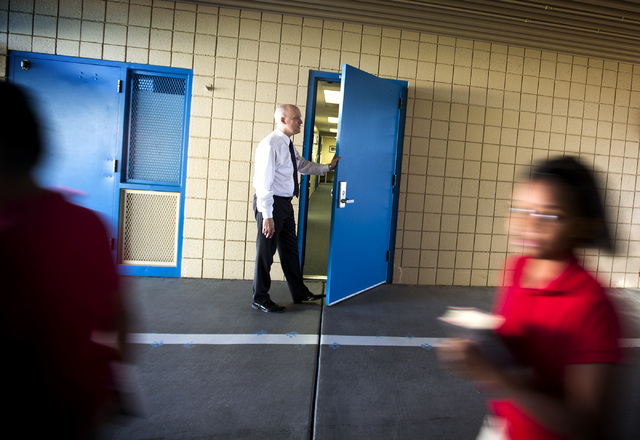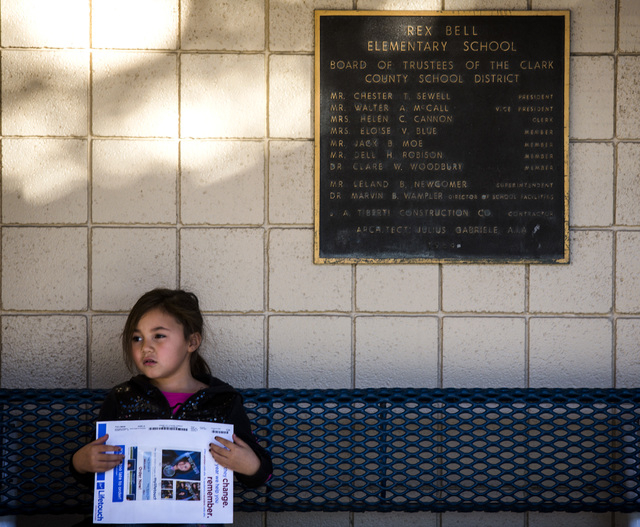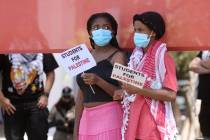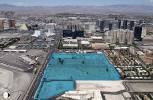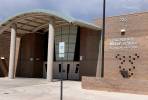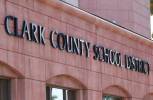Clark County schools’ maintenance costs snowball to $7B
The value of Clark County School District’s 357 campuses and real estate totals a whopping $7 billion, but the cost of needed renovations in the coming years is roughly just as much, according to district officials.
“We consider these buildings to be assets to the district, but we internally joke that they’re immediate liabilities,” said Chief Financial Officer Jim McIntosh in a presentation to the School Board on Wednesday.
He and other school officials estimate that existing campuses will need $6.5 billion in building and technology upgrades in the coming decade, an expense the district lacks the resources to fund. And that doesn’t count the $900 million cost of building 32 schools that will be needed in the next decade, assuming already crowded elementary schools see 1 percent annual enrollment growth or more.
School Board member Patrice Tew questioned the great cost of maintaining existing schools, which are relatively young. The average age of a Clark County school is about 25 years, while the national average is 40 years, according to the Council of the Great City Schools, an organization of the nation’s largest urban public school systems that includes Clark County.
“It makes you wonder why our buildings are failing so quickly,” Tew said.
There’s a reason, district officials responded.
The district spent $4.9 billion building 112 new schools in the decade-long run of the 1998 bond, but it hasn’t invested in routine maintenance, which made Wednesday’s $6.5 billion estimate for improvements a lot larger than it should have been.
“When that preventative maintenance isn’t done, machinery has to work harder and doesn’t last as long,” McIntosh said.
He noted that deferred maintenance costs more in the long run by forcing the district to replace machinery and renovate schools sooner.
deferred maintenance
For every dollar of deferred maintenance for things like schools’ air conditioners, the district will end up paying $4 in capital costs down the road because emergency repairs or replacements will be needed.
But the district hasn’t had the resources to perform routine maintenance, having cut $5 million and 47 positions from the maintenance budget from 2009 to 2012, McIntosh said.
Jeremy Hauser, associate superintendent of operational services, acknowledged that the district “needs to be better at preventative maintenance.” But there’s a reason why such improvements were “minimized” during the recession. Instead of making budget cuts that directly affected students in the classroom, the district opted to postpone capital improvements.
“We’re paying for that now,” McIntosh said.
The district is now regularly making emergency repairs and replacements to schools’ infrastructure.
“If we’re going to move forward, we need to be a little wiser in terms of planning for the long term,” board member Chris Garvey said.
‘we’ll need a plan’
Superintendent Pat Skorkowsky agreed, saying, “As we go forward, we’ll need a plan.”
The district needs another bond program to fill the gap left by the 1998 bond program, McIntosh said.
But the district doesn’t currently have the ability to bond and is still paying off the 1998 bond under a property tax increase that was extended to do so.
The district will have the ability to bond in 2016, said McIntosh, estimating that bond would bring in $3.9 billion over 10 years if voters approve it.
That’s a big “if” after Tuesday’s election. Only 21 percent of voters supported the Education Initiative — labeled Question 3 on the ballot — which would have provided an estimated $800 million annually to public schools through a 2 percent margin tax on businesses posting revenues of $1 million or more.
Question 3 was backed by the Nevada State Education Association, an umbrella organization for state teachers and education support professionals.
In the 2012 election, the district failed to convince voters of the need to increase property taxes for a similar cause as proposed in 2016, renovating deteriorating schools.
That increase would have raised an estimated $669 million over six years, but voters rejected it by a 2-1 margin.
However, a bond can only be used for one-time expenses — capital costs — such as purchasing new equipment, rebuilding an aging school or building a new school.
Bond revenue legally can’t be used for preventative maintenance.
“Do you have any good news?” board member Carolyn Edwards asked staff. “It’s really sort of grim, but it helps us see where we need to go and what we need to do.”
Contact Trevon Milliard at tmilliard@reviewjournal.com or 702-383-0279. Find him on Twitter: @TrevonMilliard.



